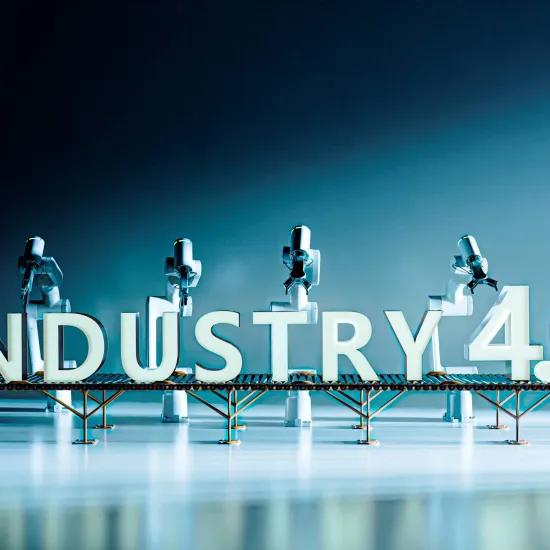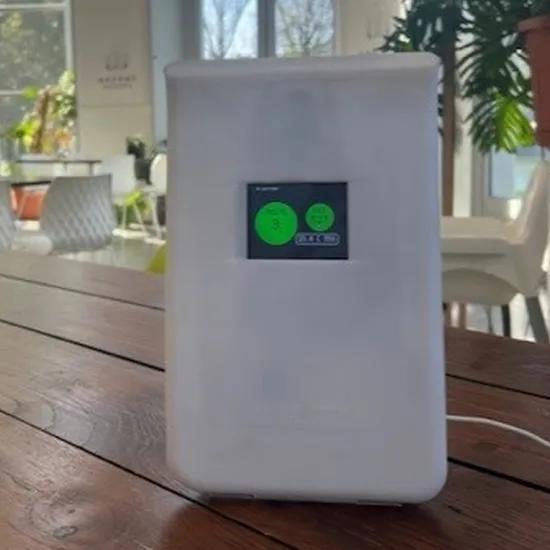Digitalisation is everywhere and so are smart products. But how to go about the smartification of your products as a manufacturing company? Here is the story of AVR.
For decades now, AVR has been building machines for optimal potato harvesting. Recently, digitalisation started transforming the agricultural sector. Farmers are required to report more on what they do with the land and crops, and supermarkets require more information on the origins of their food products. Collecting and sharing data are deemed necessary to deal with the challenges in agriculture.
A digital platform for centralized data collection and analysis
That’s why AVR has developed a digital platform that enables the collection, analysis and sharing of data related to the cultivation of potatoes. The data is collected from sensorised and connected machinery and supports a variety of applications that help optimise farming operations. Farmers can optimise their yields and reduce their costs because they can apply fertiliser and spray in a very targeted way. Dealers can optimise their service due to the availability of machine data and, if a problem occurs, fix it very quickly.
Dealing with a technology stack from sensor to cloud
Every AVR machine can be equipped with an IoT hardware module that collects data from the onboard GPS, sensors and machine controller and transmits this data via a cellular connection to a cloud based IoT platform. The IoT platform is the backbone of a variety of applications, such as real-time monitoring, geofencing, remote diagnostics and field management. Data can also be exchanged with external platforms and applications through an API. Dealing with a variety of hardware and software technologies and making futureproof choices were definitely challenges for which AVR involved external support. Attracting the right skills both within the company and through collaboration with partners was key throughout its smart product journey.
Creating business value with a smart product offering
AVR wants to grow further by helping its customers with digital offerings. At the same time the collected data allows the company to improve its machinery and to tackle emerging needs in the agricultural sector. Currently, customer access to the digital platform is offered through a subscription. The IoT hardware is included as standard in the newest AVR machines and can be retrofitted into other machinery.
The key success factors for AVR when bringing its smart product solution to the market can be summed up as follows. First, management support was crucial to set the vision, build a team and involve the organization. Besides attracting the right skills, as mentioned earlier, setting up a subsidized innovation project allowed AVR to expand its professional network. And finally, they adopted an agile project approach: taking small steps in a clear direction and validating these with customers allowed them to learn fast.
Interested to learn more about smart product innovations? In our webinar “Successful innovation with smart products & the IoT” on 3 February 2023, Pattyn and Ethernetics will share their cases and lessons learned. More information and registrations: here




